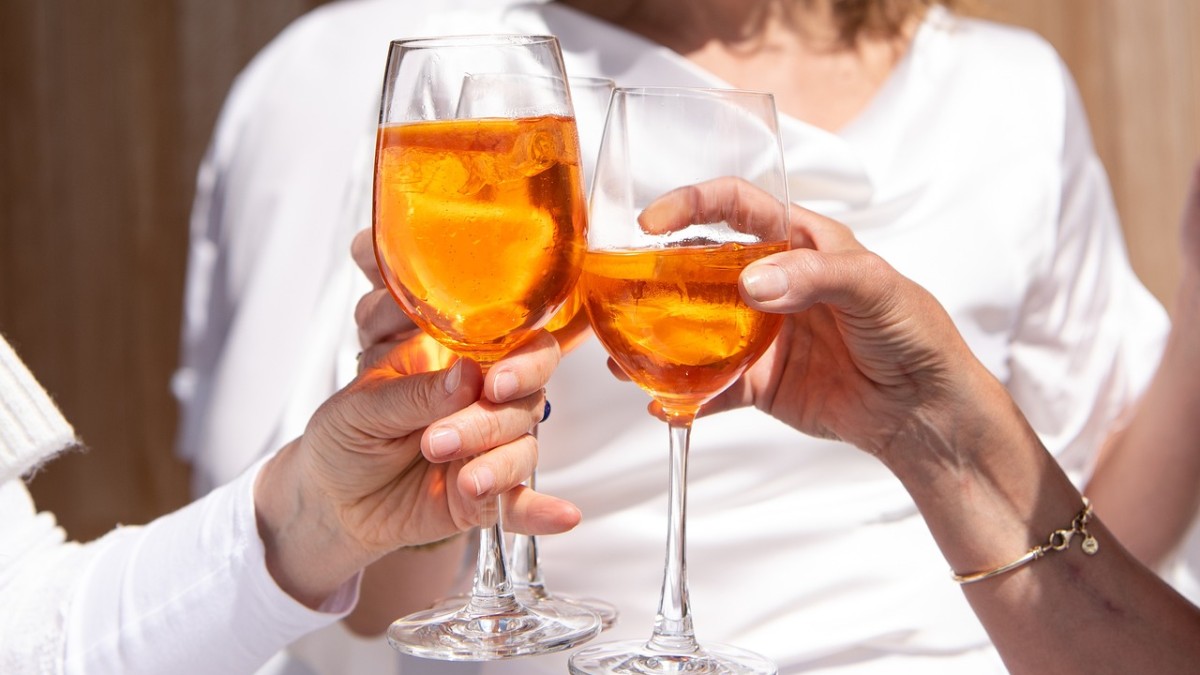It is time to feel lively as the holiday season approaches.
Calendars are being filled, and people are stocking up on bottles.
However, this festive season, it is important to determine how much you are willing to consume liquor before adding on new beverages.
Although binge drinking may be familiar to you, middle-aged adults are increasingly engaging in high-intensity drinking.
Experts have cautioned against this trend.
Here’s what it means.
Also read: What is hangxiety, the unwanted guest who comes knocking after heavy drinking?
High-intensity drinking
The term refers to consuming a significantly larger amount of alcohol in a single sitting.
While binge drinking is defined as having four or five drinks in a two-hour span, high-intensity drinking is defined as the consumption of at least eight or more drinks in a row by anyone.
According to a report , published in the National Library of Medicine, high-intensity drinking is “common among certain types of binge drinkers and is often associated with special occasions, including holidays, sporting events, and, notably, 21st birthdays.”
High-intensity drinking is “at least twice the typical binge drinking threshold,” according to the report’s authors.
Depending on the gender, high-intensity drinking would be defined as having more than eight drinks for women and more than 10 for men.
Also read: What is the new law that UK is considering on drink spiking? Why now?
The increasing trend
Research indicates that middle-aged adults may be increasingly participating in high-intensity drinking practices, despite young adults being frequently linked to binge drinking. According to recent studies, one of the main causes of this behaviour is the desire to become more sociable.
People between the ages of 19 and 30 were asked how frequently they had engaged in high-intensity drinking during the previous two weeks as part of the Monitoring the Future study, which monitors the behaviour of American adolescents through adulthood.
It was shown that the number of study participants who engaged in high-intensity drinking dropped from about 11 per cent in 2013 to 8.5 per cent in 2023.
But “while the prevalence is coming down, it is still high,” particularly for those in their later 20s, according to George F Koob, the National Institute on Alcohol Abuse and Alcoholism Director.
According to the most recent data from 2023, over one in eight people between the ages of 27 and 28 typically have 10 or more drinks in a single night.
Also read: Drinking Responsibly: Why youth drinking is declining
Risks
High-intensity drinking can, as anticipated, result in more rapid and severe intoxication.
Additionally, it causes blood alcohol concentrations (BAC) to rise, occasionally to potentially fatal levels.
According to Dr Koob, consuming eight or 10 drinks in a short period of time can result in a blood alcohol concentration, or BAC, of more than 0.2 per cent, “which significantly increases the risk of injuries, overdose, and deaths.”
For those who are unaware, a typical binge, which is consuming four or five drinks, usually results in a blood alcohol content (BAC) of more than 0.08 per cent.
In addition to affecting the drinker, heavy drinking can also have an impact on friendships, romance connections, and even life-altering incidents like accidents or violent assaults, as it may affect judgement and coordination.
Blackouts, an elevated risk of alcohol poisoning, and possible health issues can also result from it.
Keith Humphreys, an addiction expert and psychologist at Stanford University, told The New York Times, that high-intensity drinkers are more likely to experience a “full blackout,” and be “grossly intoxicated and a danger to themselves and others. The risk of harm goes up pretty dramatically.”
He said when people drink that much, “the risk of harm goes up pretty dramatically.”
According to Dr Koob, having more drinks on one occasion is linked to a higher risk of alcohol use disorder.
The liver and other organs may experience severe stress due to elevated blood alcohol levels.
Experts advise that the ideal way to consume alcohol is in moderation, which most definitely does not include consuming more than the suggested amount in a single sitting.
Promoting healthy drinking practices and educating individuals about the risks of excessive drinking are crucial.
With inputs from agencies
)